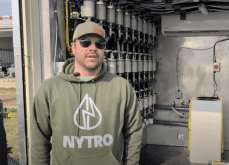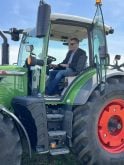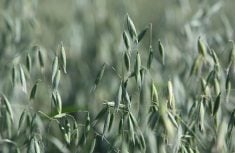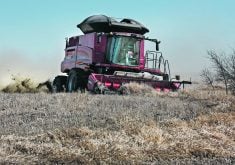FARGO, N.D. – Maintaining productive pastures in wooded areas has always been a problem, especially if you want to preserve some trees as shelter for the animals.
In their attempts to enhance grazing productivity in wooded areas, ranchers use fire, chemicals, bulldozers, high stocking rates and an assortment of dedicated specialty machines such as hammer tooth mulchers.
Of all the alternatives, mulchers probably do the best job because they don’t rip up the soil like dozers and ranchers are not left with rows of brush piles for the next 20 years.
Read Also
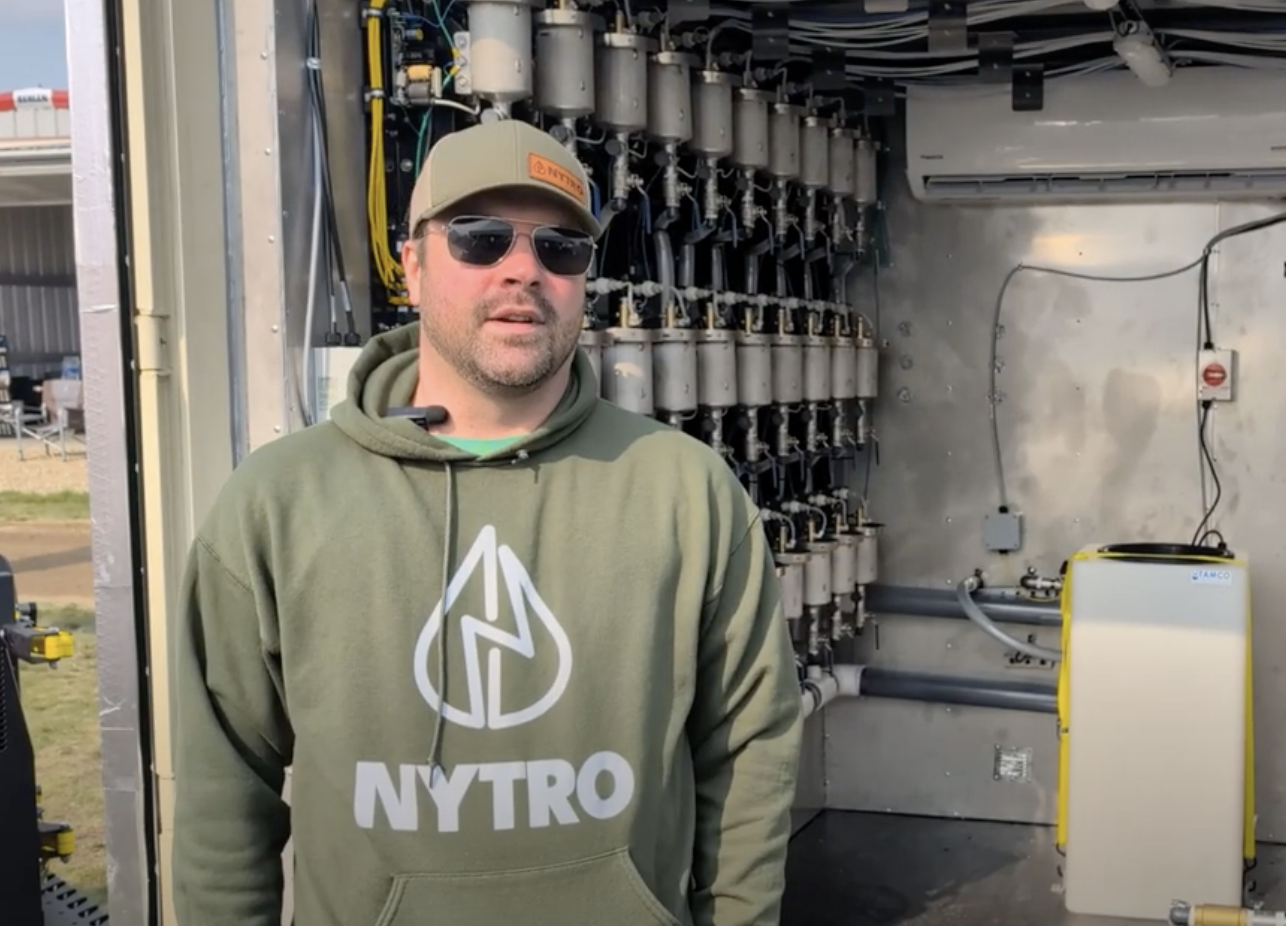
VIDEO: Green Lightning and Nytro Ag win sustainability innovation award
Nytro Ag Corp and Green Lightning recieved an innovation award at Ag in Motion 2025 for the Green Lightning Nitrogen Machine, which converts atmospheric nitrogen into a plant-usable form.
The conventional self-propelled hammer tooth mulcher also allows work around keeper trees without damaging the roots. But they take a lot of horsepower and they are slow.
A new technology has emerged from Gyro-Trac called planar tooth cutting. Instead of the traditional hammer tooth, a hydraulically driven drum has ridges and cutting teeth welded to the outer circumference.
It’s like cutting a tree down with the sharp edge of the ax head instead of hammering it down with the blunt end. The sharp Gyro-Trac teeth attack standing live trees and dead wood. Underbrush is treated like it’s popcorn.
“You can go into a wooded area and cut around all your keeper trees,” says Tom Ruegemer, a product specialist with Vermeer, retailer for the Gyro-Trac mulching machine.
“You save the trees you want and everything else in the forest turns to wood chips. It makes your forest look like a city park.”
He said in Texas, where cattle producers continually battle low growing trees and brush, many have bought their own Gyro-Trac mulchers to keep their pastures productive.
Gyro-Trac customers in grazing areas have bought the higher horsepower machines as a new business venture to custom clear brush, he adds. The low environmental impact of the Gyro-Trac allows it to be used in sensitive areas where other equipment is forbidden.
Ruegemer said performance is the other reason custom operators are switching from conventional hammer tooth machines to the planar tooth mulcher.
“Our 260 h.p. machine is more than twice as productive as a 400 h.p. hammer tooth machine.”
Ruegemer said the 260 h.p. mulcher typically takes 20 to 30 hours to mulch a given tract of ground. The 400 h.p. hammer tooth mulcher takes 80 to 100 hours to mulch the adjacent tract of the same acreage.
“The planer tooth technology is part of the key. But the other thing is we make better use of h.p. and hydraulics because we use Sundstrand variable displacement pumps and Rexroth variable displacement motors.
“When we get into tough material, the variable displacement instantly gives us more working power. It’s like an automatic transmission. It wants to keep the drum rolling.
“And if you do stall down on a really big tree, we have the best recovery time. The drum is back up to 2,350 r.p.m. in less than two seconds.”
The Gyro-Trac is a small machine but a big investment. It costs about as much as a new combine. Ruegemer says it’s ideal for an entrepreneur who wants to do custom brush cleaning for ranchers and utility companies.
Prices start at $250,000 US for the 140 h.p. GT13. The most popular is the 260 h.p. GT25 at $400,000 US. For really serious bush clearing, the 600 h.p. GT60 sells for $650,000 US.
For more information, contact www.gyrotrac.com.





